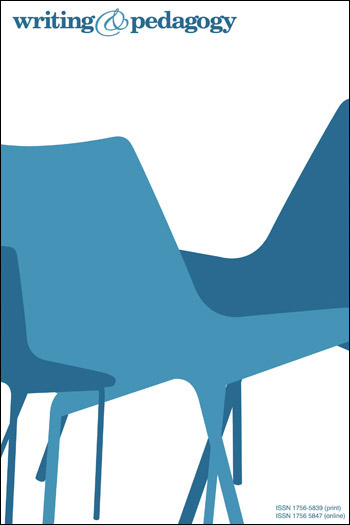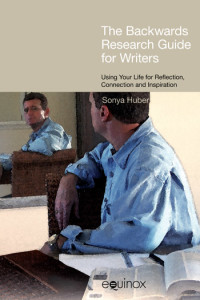A Functional Grammar for Writers
Derek Irwin [+–]
University of Nottingham Malaysia Campus
View Website
Viktoria Jovanovic-Krstic [+–]
University of Toronto
A Functional Grammar for Writers is designed to show writers why learning about grammar can be empowering, rather than boring or baffling. The book takes the approach that the knowledge of grammar is the knowledge of language resources, and while speakers of English have a grasp of one set of resources – those of the spoken language – writers need a new grammatical understanding for the creation of written works, in particular, those which depart significantly from spoken language, such as academic essays. With a knowledge of all the resources and options which the English language offers, writers can rationally select from an array of choices how best to get their intended message across.
In order to help writers, whether students or more experienced writers, move into this understanding, the authors first review traditional grammatical terms and approaches involving the “parts of speech.” They then introduce the approach they advocate, that of systemic functional grammar (SFG), albeit informed by another writing tradition, that of prescriptive grammar. SFG is explained with an emphasis on those aspects which are most relevant to written text. Finally, the authors bring the discussion into the “rules” of grammar and correctness, presenting easy-to-understand explanations of which types of writing are appropriate in which situations, depending on such matters as audience, genre, and rhetorical goals.
The book is aimed at writers of English, and in particular those who wish to understand how grammar can contribute to choices in writing. Teachers of writing and English in general will find it useful for themselves and their students in clarifying the systems in English and the ways to effectively create effective sentences, paragraphs, and written works of various kinds. The book has already been used successfully as both an undergraduate and postgraduate textbook for native speakers and learners of English. Other audiences for the book might include teachers and teacher educators in both first-language and second-language contexts, researchers in applied linguistics, writers in any academic field, creative writers, and editors and journalists.
Series: Frameworks for Writing
Table of Contents
Introduction
Chapter 1
Chapter 2
Chapter 3
Chapter 4
Chapter 5
Chapter 6
Chapter 7
Chapter 8







